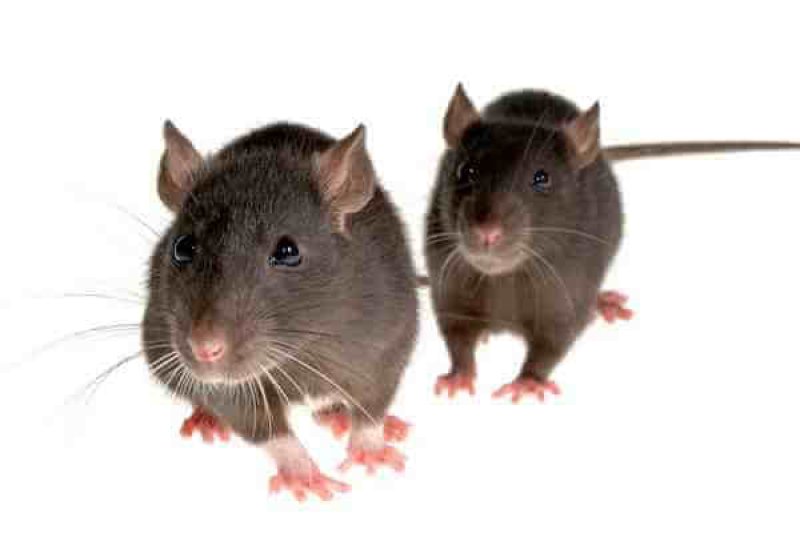The cancer-research arm of the World Health Organization last week announced that glyphosate, the world’s most widely used herbicide, is probably carcinogenic to humans.1 But the assessment, by the International Agency for Research on Cancer (IARC) in Lyon, France, has been followed by an immediate backlash from industry groups.
Nature explains the controversy.
What evidence is there for a link between glyphosate and cancer?
The IARC review notes that there is limited evidence for a link to cancer in humans. Although several studies have shown that people who work with the herbicide seem to be at increased risk of a cancer type called non-Hodgkin lymphoma, the report notes that a separate huge U.S. study, the Agricultural Health Study, found no link to non-Hodgkin lymphomas. That study followed thousands of farmers and looked at whether they had increased risk of cancer.
But other evidence, including from animal studies, led the IARC to its ‘probably carcinogenic’ classification. Glyphosate has been linked to tumours in mice and rats — and there is also what the IARC classifies as ‘mechanistic evidence’, such as DNA damage to human cells from exposure to glyphosate.
Kathryn Guyton, a senior toxicologist in the monographs programme at the IARC and one of the authors of the study, says, “In the case of glyphosate, because the evidence in experimental animals was sufficient and the evidence in humans was limited, that would put the agent into group 2A.”
What happens next?
It is not part of the IARC’s process to quantify any increased risk of cancer due to a chemical, or to recommend a safe exposure level, although its studies can be influential. Rather, regulatory agencies around the world will have to decide what to do with the agency’s finding. The US Environmental Protection Agency is currently conducting a formal review of the safety of glyphosate (which it does not consider carcinogenic in humans) and said that it would give “full consideration” to the IARC study.
Read full, original article: Widely used herbicide linked to cancer































